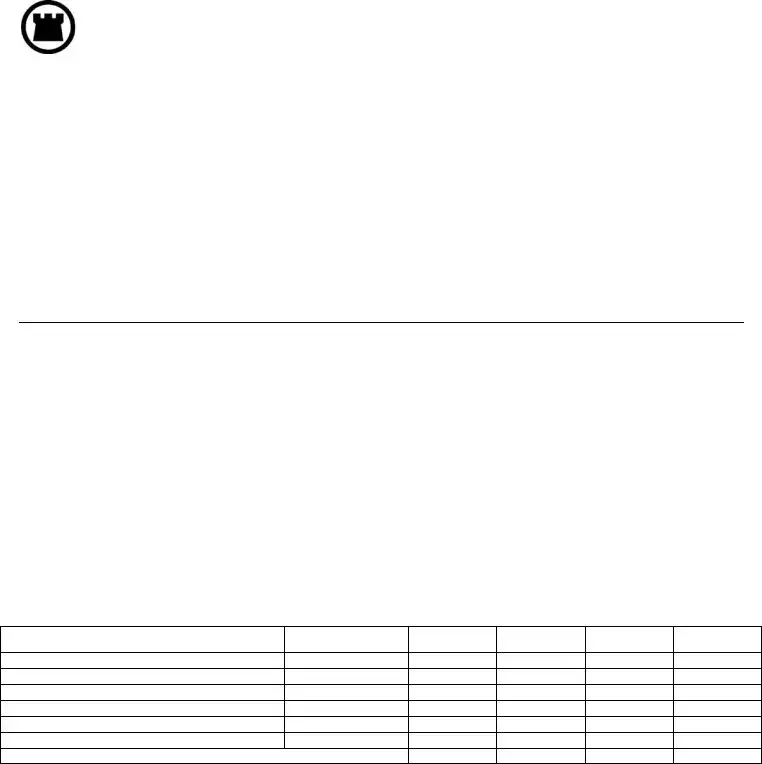What is the purpose of the Chicago Title Waiver Format form?
The Chicago Title Waiver Format form is designed to formally waive any lien rights on a property. This is typically done by contractors or subcontractors who have provided labor or materials for construction. By signing this waiver, they acknowledge receipt of payment and agree to relinquish any claims to the property for those services, thus protecting the owner's interests against future lien claims.
Who should complete the Chicago Title Waiver Format form?
This form is to be completed by the contractor or subcontractor who has provided services or materials for a property. It is essential for anyone who has a potential lien right on a property due to their work or supplies related to construction.
What information is required to fill out the form?
The form requires specific details about the parties involved, including the contractor's name, the company name, the property address, and the owner’s name. You'll also need to specify the total contract amount, payments received, and any balance due. Additionally, a list of all other entities involved in providing labor or materials is needed.
What does it mean to waive a mechanic's lien?
Waiving a mechanic's lien means that the contractor or subcontractor gives up their right to claim a lien against the property for the work performed or materials provided. This helps ensure the property owner can sell or finance the property without dealing with potential lien claims from the contractor.
Are there any exceptions to what can be waived?
Yes, while most liens can be waived through this form, it is important to note that there may be exceptions based on local laws or specific contractual agreements. For example, liens related to ongoing disputes or unsatisfied obligations may not be waived. It's advisable to consult a legal expert to understand the implications fully.
What are "extras" in the context of this form?
"Extras" refer to additional work or materials that were not initially covered by the original contract. This can include change orders, both oral and written. It's crucial to document these extras in the waiver to ensure full acknowledgment of all services rendered and materials supplied.
What happens if the waiver is not signed?
If the waiver is not signed, the contractor retains their lien rights, which means they can place a claim against the property for payments owed. This could create complications for the property owner, potentially leading to legal disputes or financial liabilities if not managed properly.
Is notarization required for the Chicago Title Waiver Format form?
Yes, notarization is generally required for the Chicago Title Waiver Format form to ensure its validity. The presence of a notary public helps confirm the identities of the signers and the authenticity of the signatures, which is important for legal and official documentation.
Can this waiver be revoked after it has been signed?
Once the waiver is signed and delivered, it cannot be unilaterally revoked. The contractor effectively relinquishes their rights to claim a lien on the property. If a mistake was made, legal advice should be sought immediately to explore options, as revocation may require a formal legal process.

